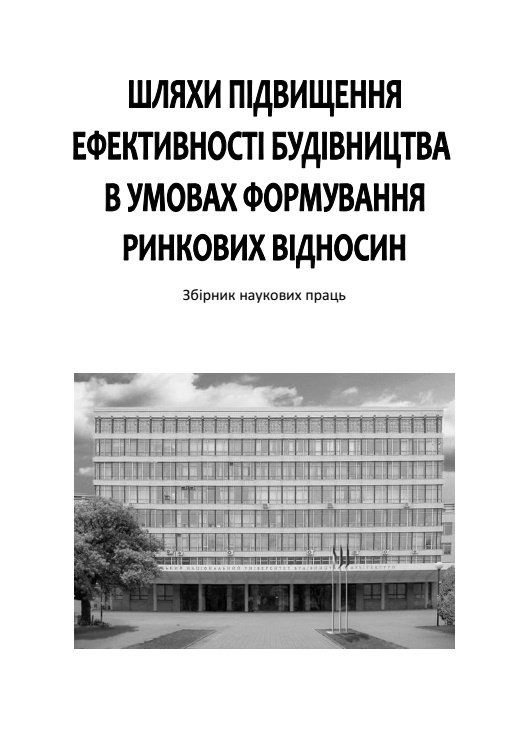Resource efficiency technology of purification of industrial wastewater from nickel
DOI:
https://doi.org/10.32347/2707-501x.2019.39.123-130Keywords:
sewage water, galvanic industry, reagent purification, nicel, ferromagnetic reagents .Abstract
The technology of treatment of wastewaters containing nickel with the use of worked out industrial solutions - iron-containing solutions, from which ferromagnetic reagents have been obtained, is offered. Different formulations of reagents have been investigated and the most optimal reagent, which includes magnetite and sodium silicate, is selected.
References
Національна доповідь про стан навколишнього природного середовища в Україні у 2014 році.-К.: Міністерство екології та природних ресурсів України. ФОП Гринь Д.С.-2016.-350с.
Naser H.A. Assessment and management of heavy metal pollution in the marine environment of the Arabian Gulf: A revieu. Mar. Pollut. Bull., 2013, vol. 72, p.6-13.
М.А. Ожередова, А.В. Суворин и др. установка обезвреживания никельсодержащих промывных вод. //Экотехнологии и ресурсосбережение. – Институт газа НАНУ. -2006-№5-с.72-75
М.І. Донченко, С.В.Фролова. Екологічна безпека гальванотехніки. Частина І. Стічні води. Механічна та сорбційна очистка : Навч. Посіб. – К:НТУУ «КПІ», 2016 – 202с.
В.Е. Терновцев, В.М. Пухачев. Очистка промышленных сточных вод. К., Будівельник, 1986, 120с.
Л.А. Кульский, В.Ф. Накорчевская и др. Активная кремнекислота и проблема качества воды. К., Наукова думка, 1969,120с.
Downloads
How to Cite
Issue
Section
License

This work is licensed under a Creative Commons Attribution 4.0 International License.
Authors who publish with this journal agree to the following terms:
- Authors retain copyright and grant the journal right of first publication with the work simultaneously licensed under a Creative Commons Attribution License that allows others to share the work with an acknowledgement of the work's authorship and initial publication in this journal.
- Authors are able to enter into separate, additional contractual arrangements for the non-exclusive distribution of the journal's published version of the work (e.g., post it to an institutional repository or publish it in a book), with an acknowledgement of its initial publication in this journal.
- Authors are permitted and encouraged to post their work online (e.g., in institutional repositories or on their website) prior to and during the submission process, as it can lead to productive exchanges, as well as earlier and greater citation of published work (See The Effect of Open Access).

